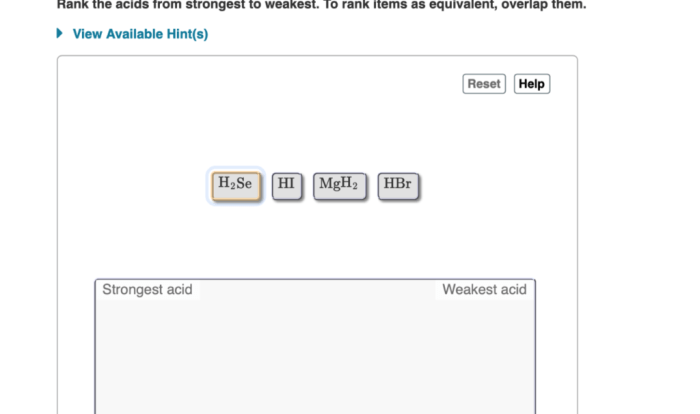Embark on an educational journey with our meticulously crafted naming binary ionic compounds worksheet, designed to empower you with the knowledge and skills to decipher the nomenclature of these essential chemical entities. This comprehensive resource provides a systematic approach, guiding you through the intricacies of binary ionic compound naming conventions, ensuring a deep understanding of this fundamental chemistry concept.
Naming Binary Ionic Compounds Worksheet
Binary ionic compounds are chemical compounds composed of two elements, one metal and one nonmetal. Naming binary ionic compounds follows specific conventions to accurately represent the compound’s composition and charge.
A naming binary ionic compounds worksheet provides a structured approach for students to practice and reinforce these naming conventions. It enhances their understanding of the relationship between the elements’ properties and the resulting compound’s name.
Naming Rules
- The metal is named first, followed by the nonmetal.
- The metal’s name remains unchanged.
- The nonmetal’s name is modified by adding the suffix “-ide”.
- If the metal can form multiple ions with different charges, Roman numerals are used to specify the ion’s charge.
Practice Problems, Naming binary ionic compounds worksheet
Simple Compounds:
- Name the compound NaCl.
- Name the compound CaO.
Complex Compounds:
- Name the compound Fe 2O 3.
- Name the compound CuCl 2.
Answer Key
- NaCl: Sodium chloride
- CaO: Calcium oxide
- Fe 2O 3: Iron(III) oxide
- CuCl 2: Copper(II) chloride
Clarifying Questions
What is the purpose of a naming binary ionic compounds worksheet?
A naming binary ionic compounds worksheet provides a structured and interactive way to practice and reinforce the rules for naming binary ionic compounds, ensuring a thorough understanding of chemical nomenclature.
What are the key concepts covered in the worksheet?
The worksheet covers the fundamental principles of binary ionic compound naming, including the identification of cations and anions, the use of prefixes and suffixes, and the application of IUPAC nomenclature guidelines.
How can I use the worksheet effectively?
To maximize the benefits of the worksheet, it is recommended to work through the practice problems diligently, refer to the provided answer key for guidance, and engage in the suggested extension activities to deepen your understanding.
